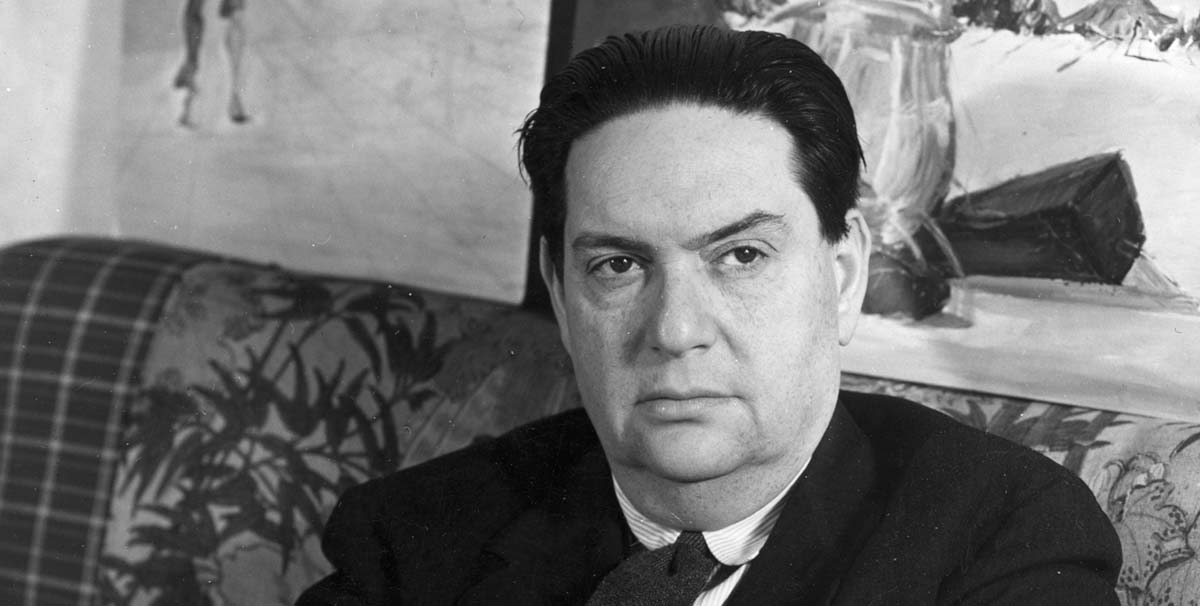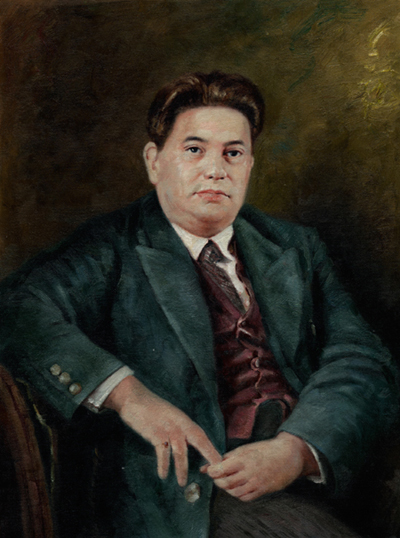Darius Milhaud, born on September 4, 1892, in Marseille, France, was a prominent and prolific composer of the 20th century. He was a key member of the group known as “Les Six,” which included other notable composers such as Arthur Honegger and Francis Poulenc. Milhaud’s diverse body of work spans various genres and styles, reflecting his openness to different musical influences and his innovative spirit.
Early Life and Education
Milhaud was born into a Jewish family in Provence, a region known for its rich cultural heritage. He showed musical talent at a young age and began studying violin at the age of seven. By the time he was twelve, he had started composing. He went on to study at the Paris Conservatory, where he was influenced by his teachers, including Paul Dukas and Charles Widor. His time at the Conservatory was instrumental in shaping his compositional style and broadening his musical horizons.
Early Career and Influences
During World War I, Milhaud served as a secretary to the French ambassador to Brazil, Paul Claudel, who was also a poet and playwright. This period in Brazil had a profound impact on Milhaud’s music, as he absorbed the local rhythms and melodies. His exposure to Brazilian music is evident in works such as the ballet “Le Boeuf sur le Toit” (The Ox on the Roof), which became one of his most famous compositions.
Milhaud’s early career was marked by his involvement with “Les Six,” a group of young composers who were seen as a reaction against the heavy Germanic influences of Wagner and the impressionism of Debussy and Ravel. “Les Six” sought to create music that was direct, clear, and infused with a sense of playfulness. This ethos is reflected in Milhaud’s music, which often features lively rhythms, polytonality (the use of multiple keys simultaneously), and a sense of humor.
Major Works and Style
Milhaud’s oeuvre is vast, encompassing symphonies, ballets, operas, chamber music, and film scores. Some of his notable works include the ballet “La Création du Monde” (The Creation of the World), which showcases his ability to blend classical forms with jazz elements, and the opera “Christophe Colomb” (Christopher Columbus), which reflects his interest in historical and exotic subjects.
One of Milhaud’s significant contributions to music is his use of polytonality. He often employed multiple keys at the same time, creating a unique and rich harmonic texture. This technique is evident in works such as the “Saudades do Brasil” suite and his chamber music pieces.
Later Years and Legacy
In 1940, with the rise of Nazism and the threat to Jews in Europe, Milhaud fled to the United States. He became a professor at Mills College in Oakland, California, where he influenced a generation of American composers, including Dave Brubeck, Burt Bacharach, and Philip Glass. Despite suffering from severe arthritis, which confined him to a wheelchair, Milhaud continued to compose and teach, demonstrating remarkable resilience and dedication to his art.
Milhaud returned to France after World War II but maintained a teaching position at Mills College, commuting between the United States and France. He was a respected figure in both countries, and his contributions to music education were significant.
Darius Milhaud passed away on June 22, 1974, in Geneva, Switzerland. His legacy endures through his extensive body of work and the impact he had on his students and the broader musical world. Milhaud’s music is celebrated for its inventiveness, its embrace of diverse musical traditions, and its enduring charm and vitality.


Comments are closed